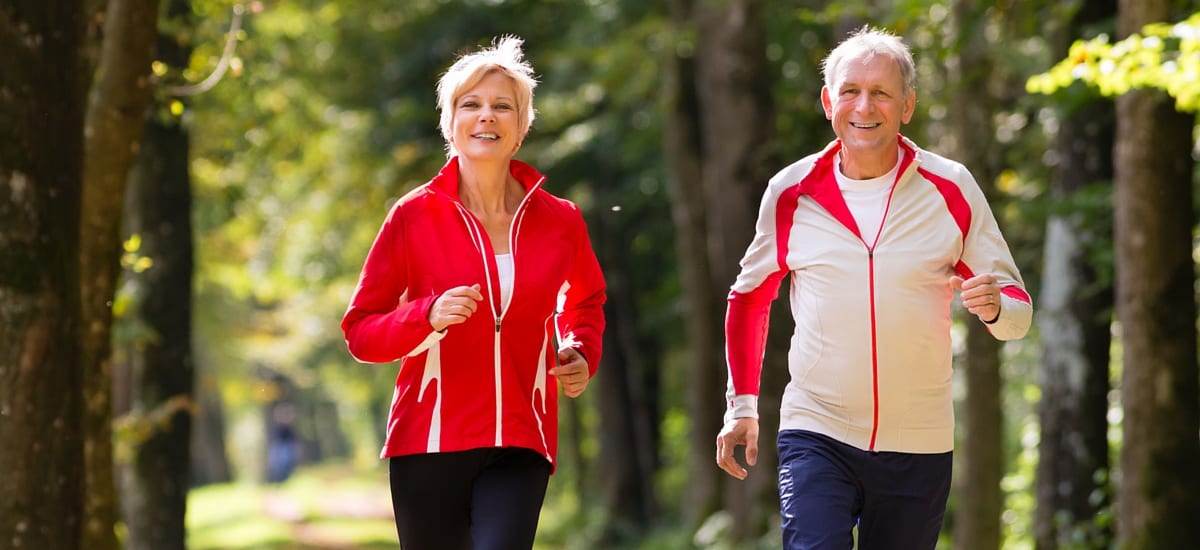
As you age, the ligaments around your joints become less flexible, leading to increased discomfort and rigidity. Your metabolism also decelerates, causing weight gain, and your arteries and heart muscles become tenser, which makes it hard to pump blood. Activities and active lifestyle can help you live a better, healthy and long life. Hence, working out is essential, and it’s important to find exercises seniors can perform at home.
Although there are dozens of exercises seniors can do at home, having someone that ensures your stable care can also be necessary. While working with Tandem Care Planning, you can have an extra set of hands to assist you with your daily household activities. You'll not only have assistance for the exercises but you'll also get emotional support from them. They'll try to understand your condition and give you the appropriate care you'll need.
However, in this article you'll get to know some simple exercises for the elderly, which can easily be done at home. So, let’s get started!
Abdominal Contractions
Abdominal strength is vital to support your middle and lower back. Abdominal muscles enhance the ability of the back muscles and reduce fatigue and contact with injury or strain. Aside from that, it maintains a great stance, develops sport and competition performance, offers a stable balance, and helps prevent hypertension. So, it’s important to keep your abdominal muscles in good shape.
To perform the abdominal contractions exercise; follow the below mentioned steps
- Take a deep breath and stiffen your abdominal muscles.
- Hold for three breaths and free the contraction.
- Repeat ten times.
Wall Push-Ups
Push-ups are particularly advantageous for seniors because it bolsters the shoulder joints and shoulder girdle and improves the strength of the chest, arms. It builds and tones the whole upper body giving strong shoulders and a better posture.
Wall push-ups are the most accessible variation to complete because it only requires you to employ the upper portion of your body weight while standing up and are one of the beat exercises seniors can do. The sturdy wall supports the body weight while doing the workout, so there’s nothing to worry about being stuck.
Follow the below mentioned instructions to complete the wall push-ups:
- Stand approximately 3 feet from a sturdy wall, facing the wall, together with your feet shoulder width apart.
- Bend forward and put your hands against the wall, perpendicular to your shoulders. Your body should be in plank posture, with your spine even.
- Bend your elbows to reduce the body near the wall. Stop whenever your face is close to the wall, and align your arms to propel your body far from the wall.
- Repeat 10 times.
Neck Stretch
Stretching your neck is one of the easy exercises to do to alleviate pressure from your neck and upper back and enhance your flexibility. Also, stress leads to a tensed neck leading to headaches. Prior to doing this exercise, make sure to take a warm bath or make use of a heating pad to ease strained muscles making stretching painless and convenient.
To do the neck stretch, follow these steps:
- Sit together with your feet even on the floor, unwind your hands on your sides and relax shoulders.
- Turn your head gently to the right and prevent when you feel a minor stretch.
- Hold the position for 30 seconds, turn to the left, and do the same thing.
- Repeat three to five times.
Single Limb Balance
The single limb balance is among the exercises seniors can do and aims to allow them to be able to stand on one foot, improving their balance. Single leg balance develops concentration and strength in the hips, ankles, knees, and feet. Additionally, it enhances sports performance and helps prevent falls that can result in severe injury. It is a bit much like flamingo exercise, but this is less risky.
To do a single limb balance, follow the steps mentioned below:
- Stand upright behind a kitchen counter or a sturdy, solid chair. Your ultimate goal is to stand on one foot without waiting on hold a stable object for a minute, so that you can only grab the chair if you’re unsteady.
- Lift your left foot and balance in your right foot, hold the position as long as you can, and watch the clock record just how long you can stand.
- Put your left foot down, raise your right foot, and balance in your left foot.
Chair Squats
Squats are the most critical exercises seniors can do. The older you receive, the harder it is to do movements that need a proper squat. Bending using the back to pick up the things on the floor is not good. With an ordinary chair for support, you are able to complete an exercise that will simultaneously train your upper and lower body. It can also strengthen your core muscles and lower the risk of injury.
To perform chair squats:
- Stand upright before a chair with your feet as distant as the hips.
- Bend over your knees while maintaining your chest and shoulders upright.
- Slowly drop your bottom so that you can slowly sit down, but don’t enable your bottom touch the chair’s surface because it is only your support.
- Push the body up to come back to a standing position.
Takeaways
You’re much less old to get started with exercising and improving your health at home. Daily physical activities help you feel more youthful and lower the risk of severe diseases like Alzheimer’s, certain cancers, dementia, heart diseases, and obesity. And finally, you can benefit not just physically but also mentally because working out advances sleep and boosts self-assurance and mood.



